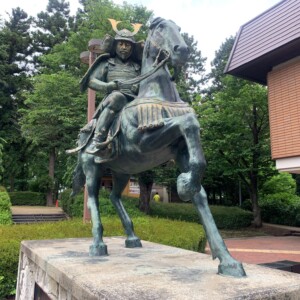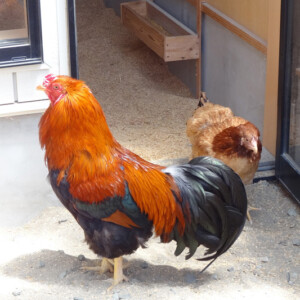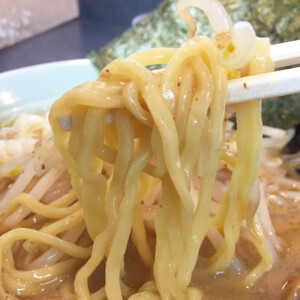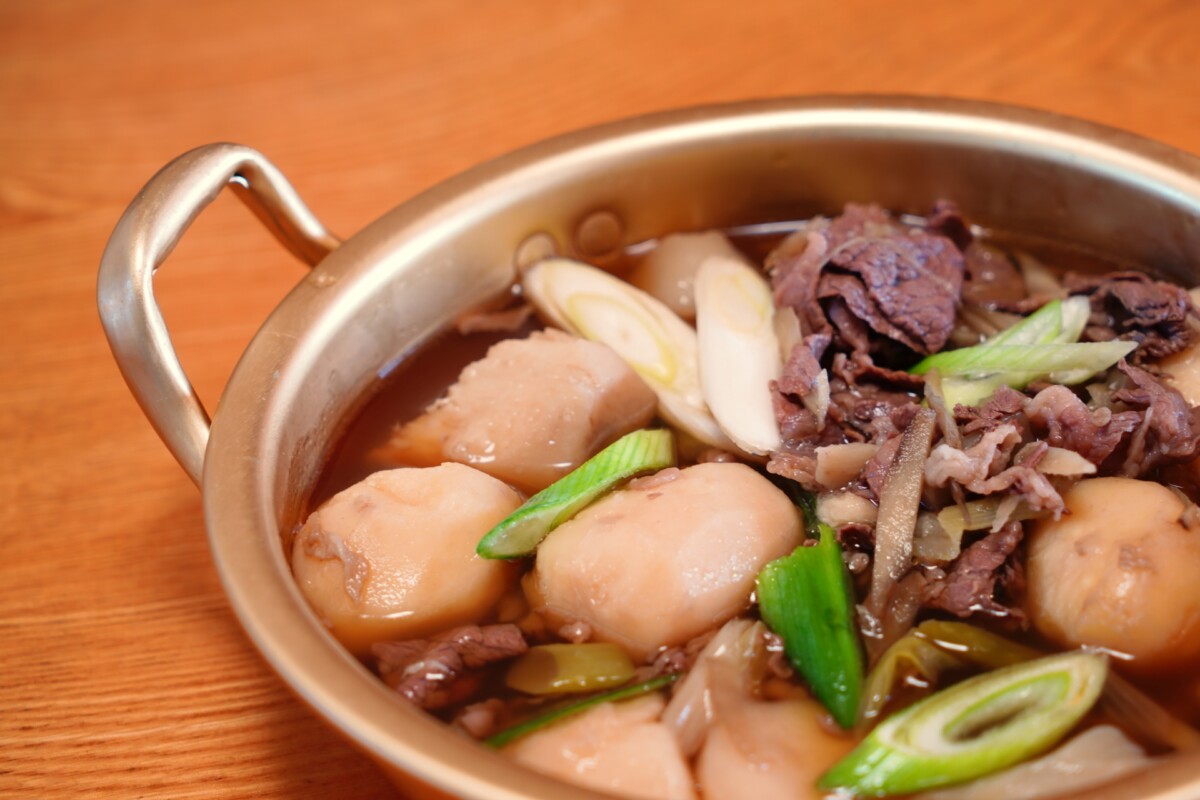
Let's go to the best Imoni festival in Japan to be held in Yamagata City! [Yamagata Prefecture]
table of contents
When you "imoni," what do you imagine?
As the name suggests, imoni is "boiled potatoes." In the Tohoku region, imoni is so popular that it is said to be the season for cherry blossom viewing in spring and imoni in autumn
At first glance, it looks similar to pork miso soup, but imoni, which contains taro, is a dish that offers a different flavor. In autumn in Tohoku, imoni parties are popular not only among friends but also at school and company events, and riversides and campsites become bustling with people
Imoni is a dish that is loved by people from Tohoku, but did you know that Yamagata Prefecture is the only place in Tohoku where it is seasoned differently?
What is Yamagata-style Imoni?
In the Tohoku region, Miyagi and Iwate prefectures use taro and other vegetables as ingredients
Imoni is a dish made with pork seasoned with miso. Miyagi Prefecture is also famous for its Sendai miso. It is also called "tonjiru-style imoni" because it is similar to tonjiru
However, in the inland areas of Yamagata Prefecture, the ingredients are also taro and vegetables, but
"beef is used and it is seasoned with soy sauce" and eaten as imoni! Because it uses beef and soy sauce, it is also called "sukiyaki-style imoni."
It's strange how different the seasonings are, even within the same Tohoku region!
Looking more closely, we find that in the Shonai Plain area of Yamagata Prefecture, which is known as a rice-producing region, a "tonjiru-style imoni" (potato soup-style stew) is popular, just like in Miyagi and Iwate.
Why are there differences even within Yamagata Prefecture?
The origins of imoni are said to date back to the Edo period, when records of it being a soup made with taro remain
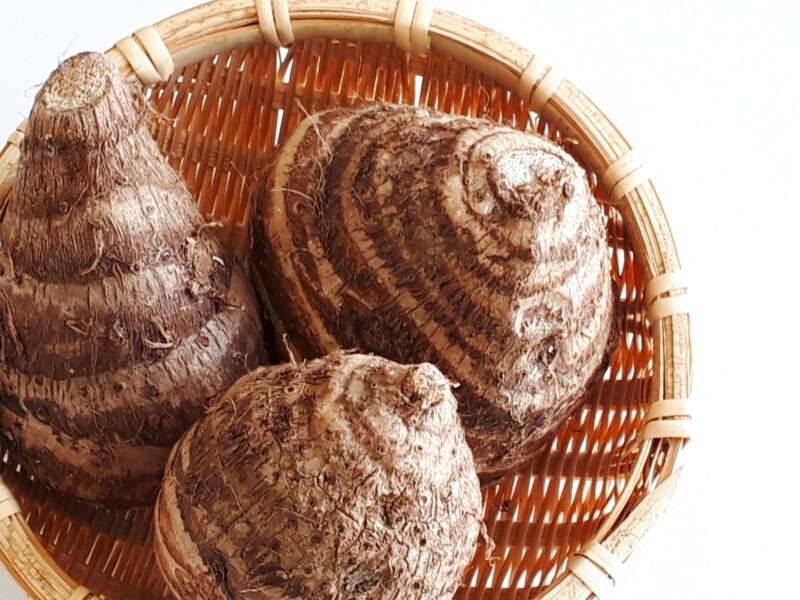
The current style of using beef was established in the early Meiji period, and is thought to be related to Japanese agriculture and rice cultivation
Cows were used to till the soil in the fields, and were readily available. When the cows grew old and could no longer be used for farming, they were used for food, and this is how beef culture took root. In times of scarcity, it became common to use beef, which was readily available, and it is said that it began to be used in imoni (simmered potatoes)
At the time, taro was an important source of nutrition and was widely eaten in Yamagata Prefecture, which is why it became a staple dish known as imoni and was a beloved food among the common people
A truly impressive event! Japan's No. 1 Imoni Festival!
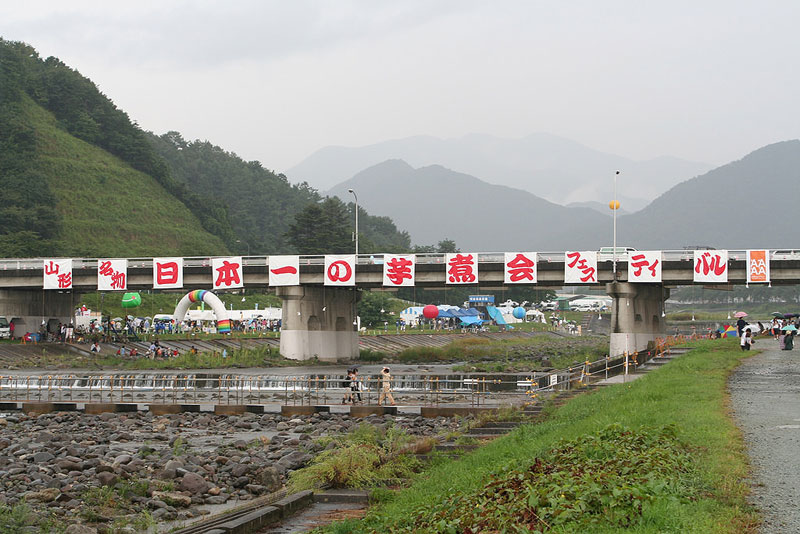
Yamagata Prefecture holds an event called the "Japan's No. 1 Imo-ni Festival."
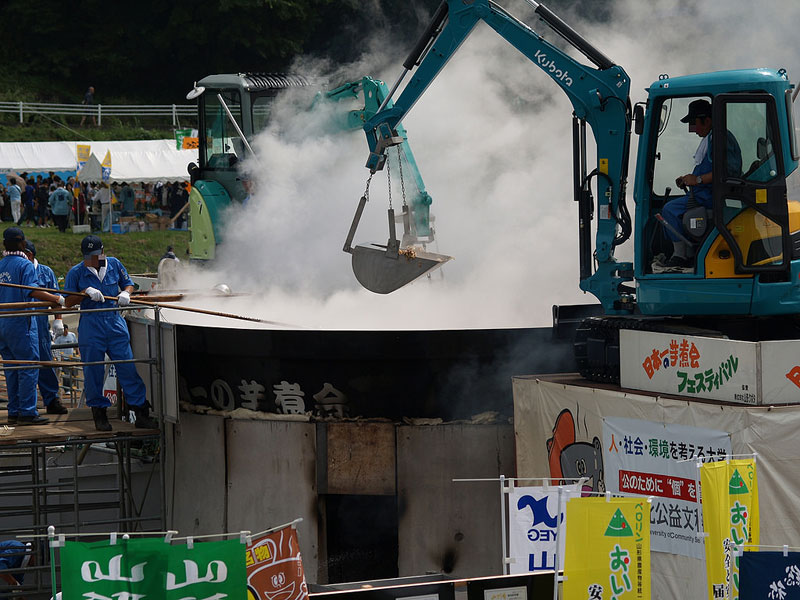
The main dish, Imoni, is made in a custom-made large pot measuring 6 meters in diameter, and is cooked using large heavy machinery!
The amount of ingredients is also extraordinary! 3 tons of taro, 1.2 tons of beef, 3,500 pieces of konjac, and the seasonings used are 700 liters of soy sauce, 50 sho of sake, and 6 tons of water!
We will use this large amount of ingredients to make Imoni! All of these ingredients are locally produced, so it tastes exceptionally delicious!
On the day, numbered tickets will be distributed and you can enjoy imoni cooked in a large pot. Many stalls will be set up on the riverbank where the event is held, making it a very lively and festive atmosphere
Many Yamagata specialty foods and souvenirs are also sold here
The Imoni Festival is a hugely popular event in Yamagata Prefecture, attracting people of all ages from both inside and outside the prefecture to experience the spectacular and delicious taste of imoni. With approximately 30,000 servings of imoni, it's sure to sell out, so we recommend arriving early! Why not give it a go this fall?
Japan's No. 1 Imoni Festival <Information>
- Name: Japan's No. 1 Imoni Festival
- Venue: 4-14-57 Midoricho, Yamagata City, Yamagata Prefecture, 990-0041
- Phone number: 023-622-0141 (Japan's No. 1 Imonikai Festival Council Secretariat)
- Official URL: https://imoni-fes.jp/



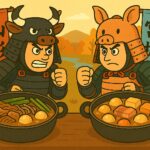
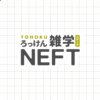
![[Tsuruoka City, Yamagata Prefecture] Tsuruoka's food culture has been passed down for hundreds of years 1470_Zenpoji Temple](https://jp.neft.asia/wp-content/uploads/2023/04/2d6b75e2500adfb8f7b8e6c68a2f7a03-150x150.jpg)
!["Mogami safflower" certified as a Japanese heritage and Japanese agricultural heritage [Yamagata Prefecture] Mogami safflower](https://jp.neft.asia/wp-content/uploads/2022/12/30121446_m-1-150x150.jpg)

![What is "disc dumplings" in Fukushima City? Introducing recommended shops and history [Fukushima Prefecture] Disc Dumplings 1](https://jp.neft.asia/wp-content/uploads/2023/03/31485117_m-150x150.jpg)

![[Kawauchi Village, Fukushima Prefecture] What is "Kanzarashiko" (cold powder) that is full of natural flavors? Explaining its appeal and recipes adpDSC_1636 (1)](https://jp.neft.asia/wp-content/uploads/2022/06/adpDSC_1636-1-150x150.jpg)
![[Motomiya City, Fukushima Prefecture] Famous Fukushima sweets that even the British Prime Minister is impressed by! The fashionable karinto from the confectionery shop "Nukamo" is exquisite! [Motomiya City, Fukushima Prefecture] Famous Fukushima sweets that even the British Prime Minister is impressed by! The fashionable karinto from the confectionery shop "Nukamo" is exquisite!](https://jp.neft.asia/wp-content/uploads/2024/02/P1012144-150x150.jpg)
![[Yonezawa City, Yamagata Prefecture] Visit a hot spring connected to the Uesugi family of the Yonezawa Domain 1530_Onogawa Onsen Foot bath](https://jp.neft.asia/wp-content/uploads/2023/05/4ed5d5851f7d92ca3b0ebed3220d6418-150x150.jpg)
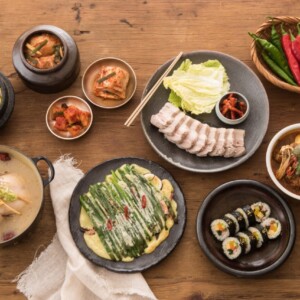
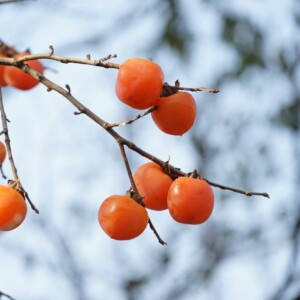

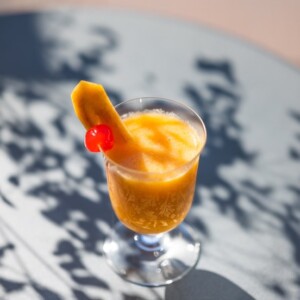
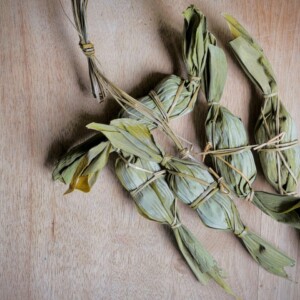
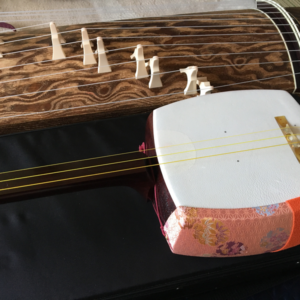
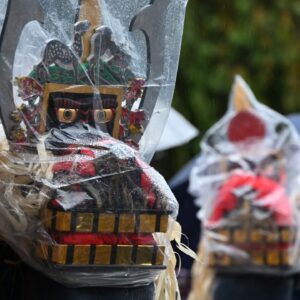

![Koriyama brand vegetables [Green Sweet]](https://jp.neft.asia/wp-content/uploads/2024/09/IMG_8104-300x300.jpg)
